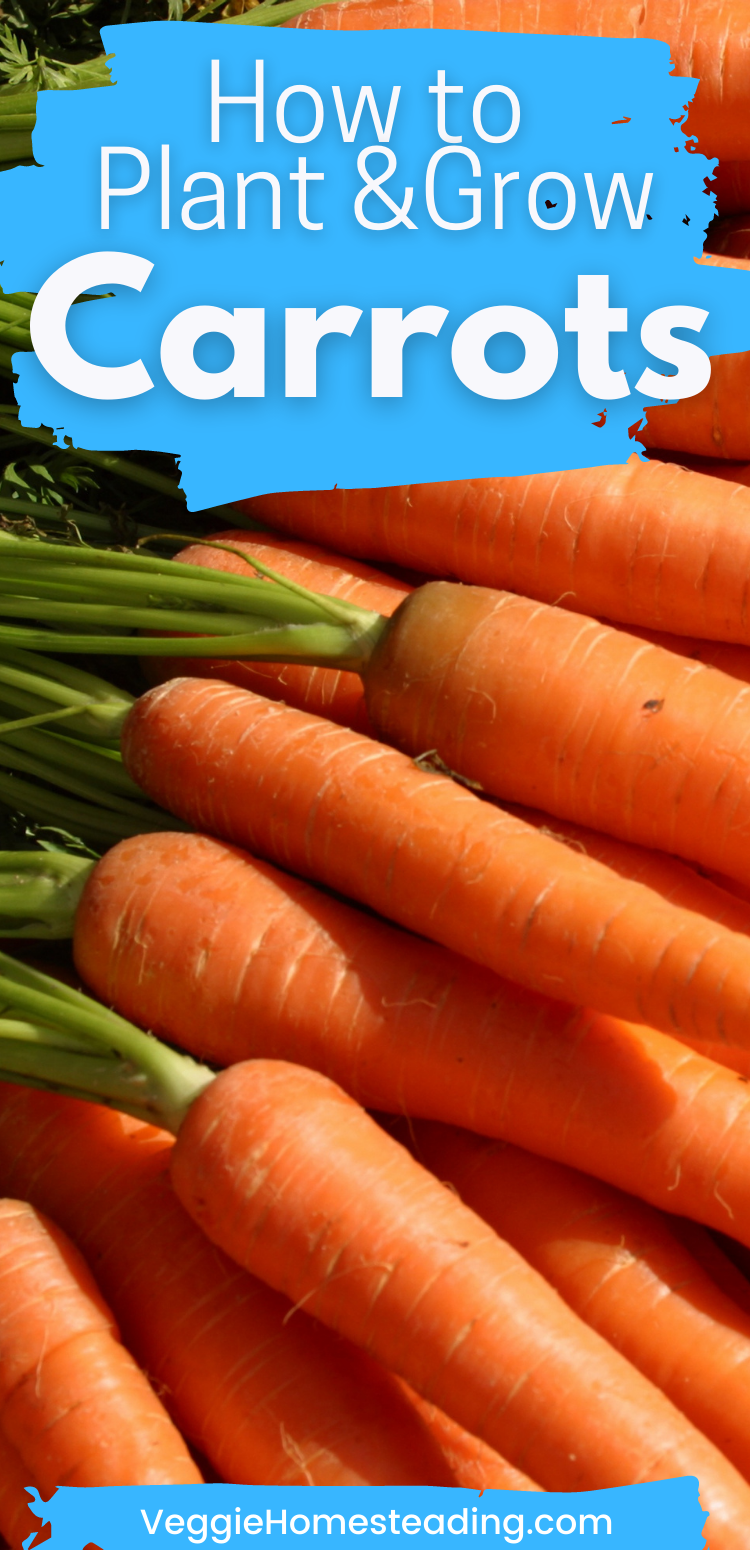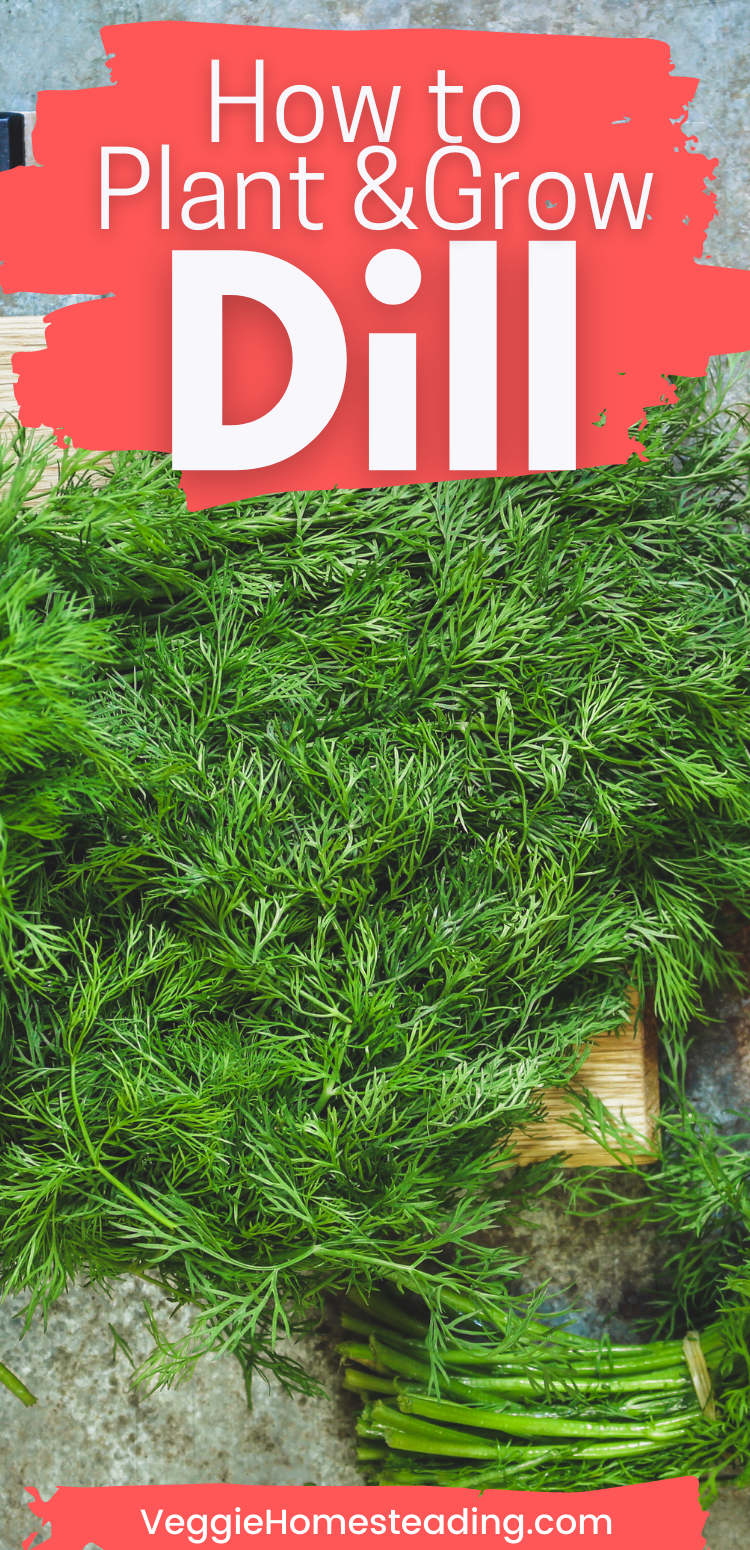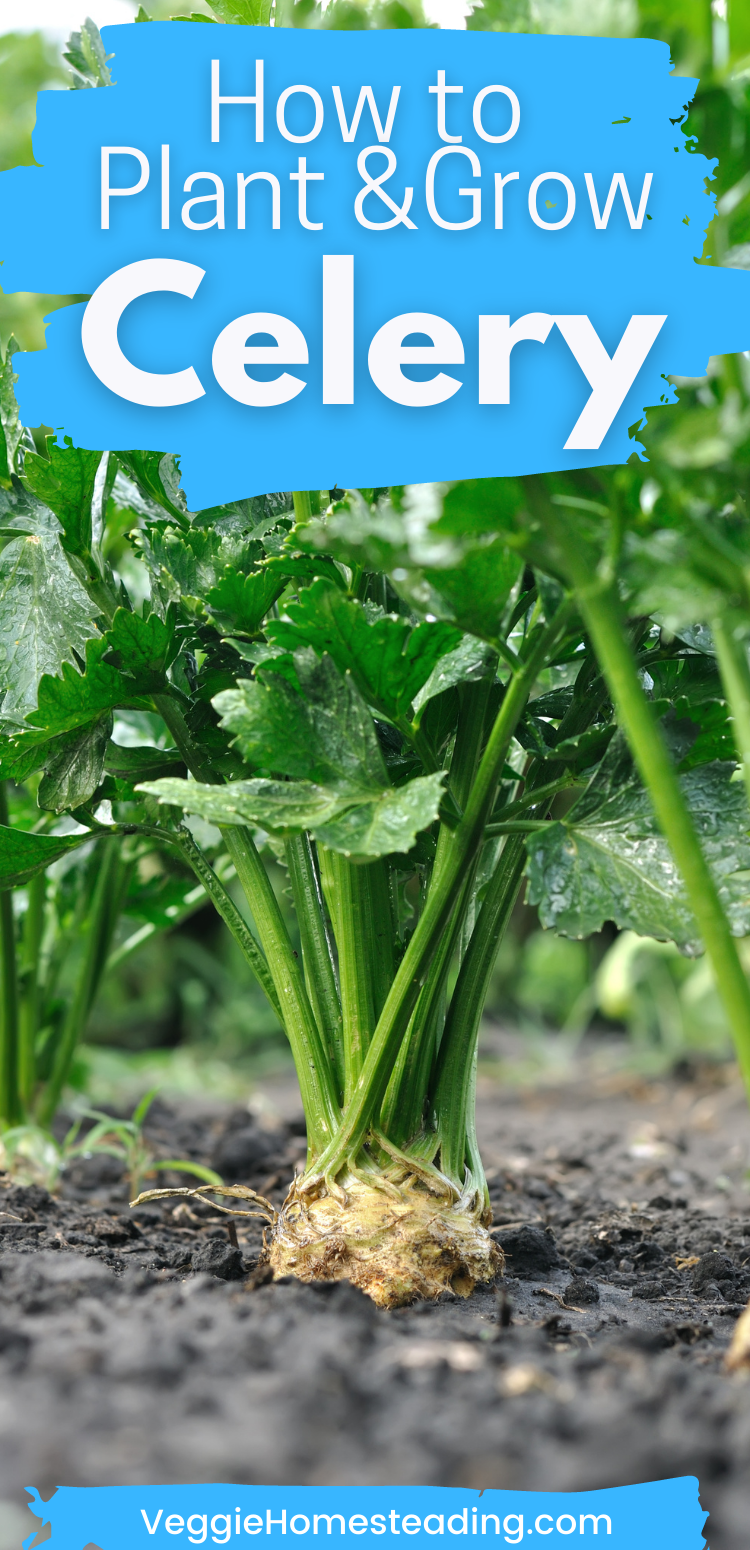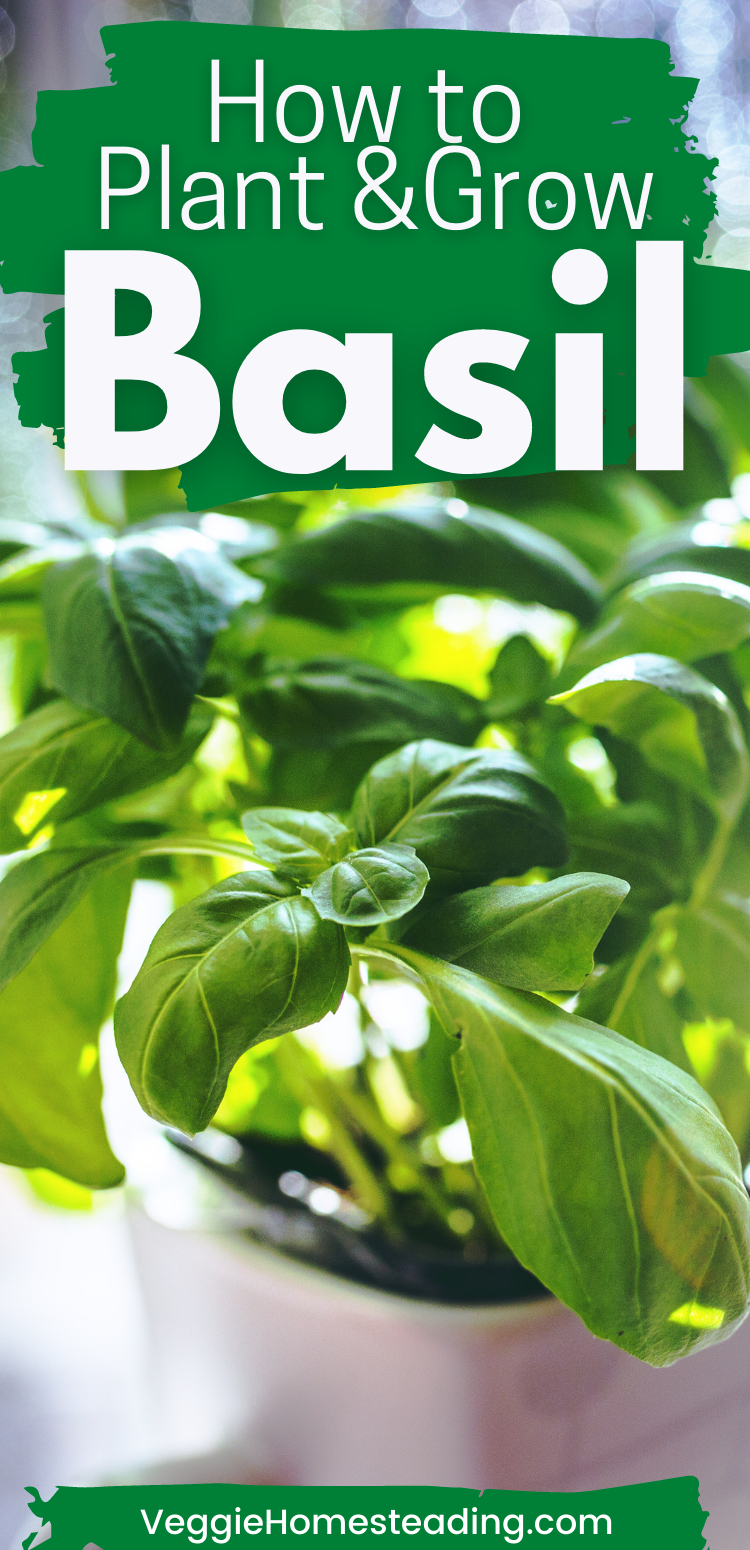Planting and Growing Lettuce
Lettuce is required for many salads. It is inexpensive to grow and will flourish quickly and easily. These are the best tips for planting and growing lettuce in your garden or greenhouse.
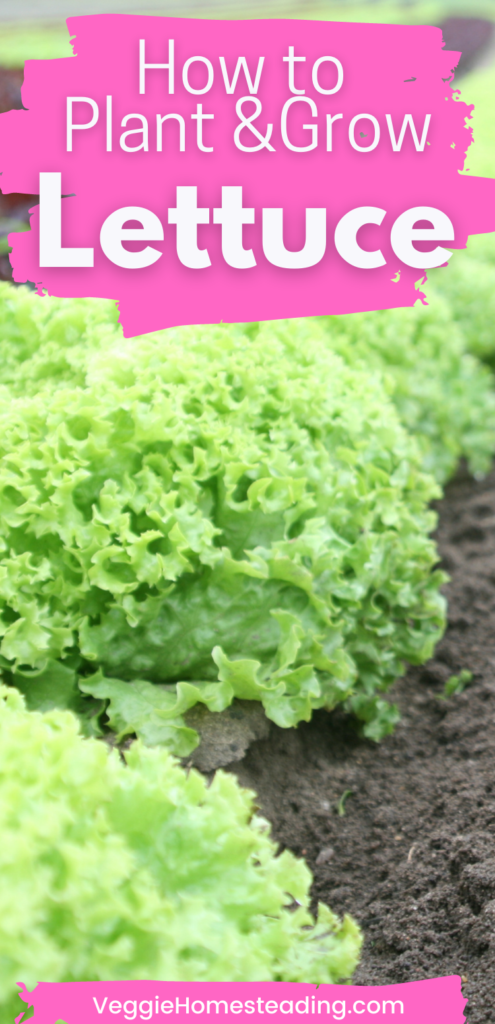
Botanical Information: Lactuca sativa
Quick Facts:
Lettuce is actually in the daisy family.
Lettuce is most often grown as a leaf vegetable, but sometimes for its stem and seeds.
Lettuce is most often used for salads, although it is also seen in other kinds of food, such as soups, sandwiches and wraps; it can also be grilled.
Varieties:
The most common varieties are:
Arugala
Butter
Romaine
Iceburg
Red Leaf
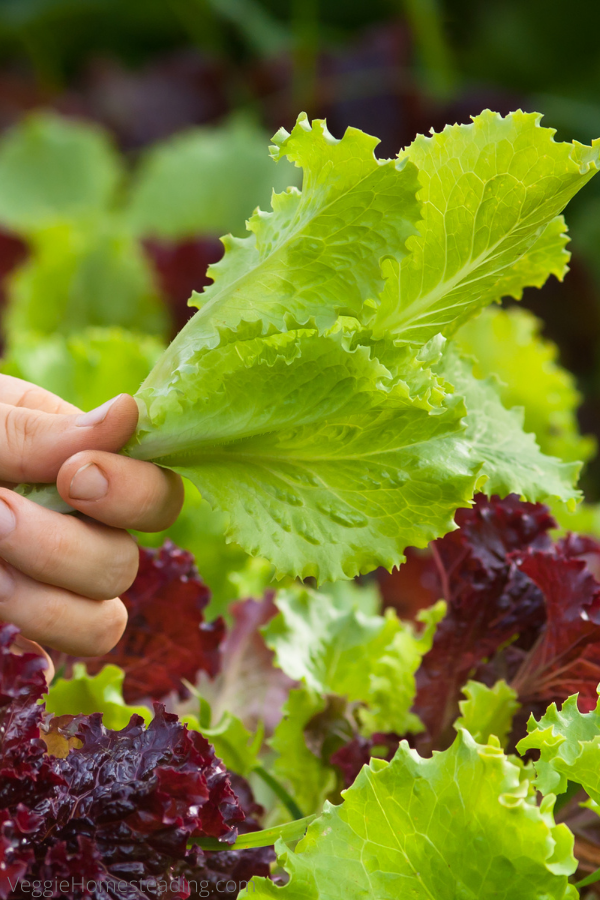
Starting:
Lettuce can be started indoors 10 to 16 weeks before the last spring frost. Sowing seeds in early spring or late summer for a fall or winter crop.
Spacing:
Sow the seeds 1/4 to 1/2 inch deep in the soil. Sow seeds 4 inches apart. Later, when the seedlings start to grow, thin the seedlings to 16 inches apart. You can use the leaves that you pull, can be eaten.
Companions and Enemies
The plants that can help lettuce grow and flourish are:
Artichokes
Beets
Celery
Cucumber
Swiss Chard
Plants that are not helpful for planting Lettuce are:
Broccoli
Cauliflower
Brussels Sprouts
Kale
Swiss Chard
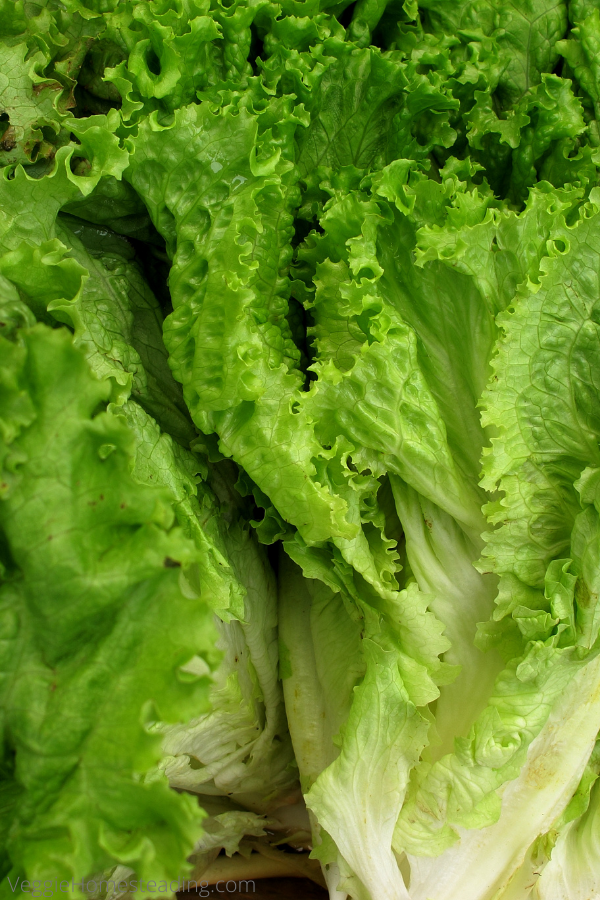
Watering :
Lettuce is a fast grower, so keep the soil moist by giving it 1 to 1.5 inches of water each week.
Light:
Lettuce will need up to eight hours of light each day, they can also handle full sun.
Pollination:
Lettuce is self-incompatible and only uses cross- pollinating. They are pollinated by insects. If planted in a greenhouse, you can help pollinate the plants by shaking or adding wind to the room.

Common Problems
Cabbage White butterflies
Drooping Leaves
Harvesting
Lettuce is ready to harvest when the leaves are about the size of your hand. You can pick a fistful of leaves per harvest. Lettuce will continue to grow until it is 20 degrees F. This will continue to grow even after portions are harvested.
Storing & Preparing
Lettuce can be stored in the fridge for a few weeks. Lettuce is delicious fresh in salad, in pastan salad or grilled or on sandwiches.
Planting and Growing Lettuce can be easy with these tips.

